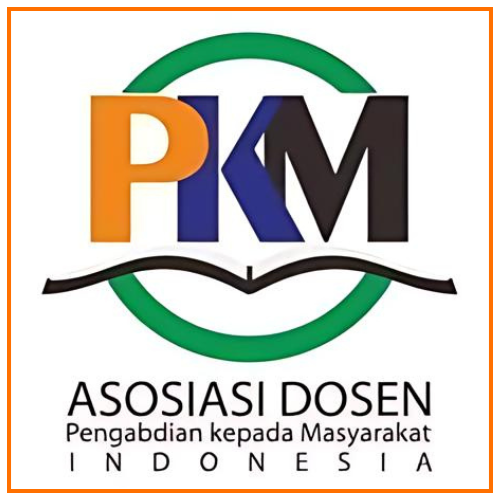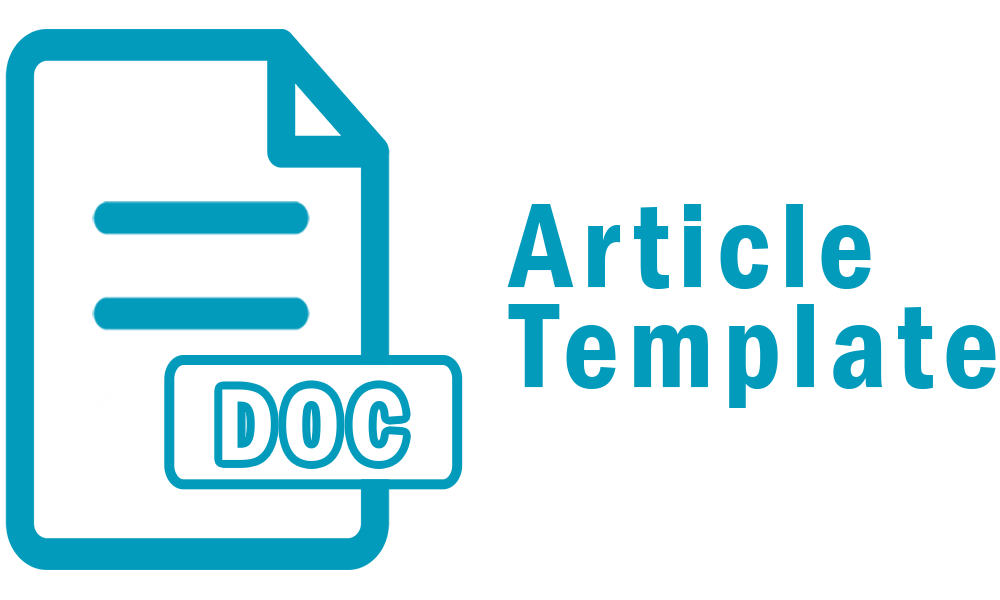Digital Mangatoon to Born Out New Peace in English Classroom
Abstract
Keywords: Digital Comic; Reading; ELT; and Pedagogical Innovation.
Full Text:
PDFReferences
Anugerahwati, M. (2017). The use of comics to strengthen students’ critical thinking skills. The 1st international conference on language, literature, and teaching, 1(1), 192–198.
Association of Experiential Education. (2012). What is experiential education? Retrieved from http://www.aee.org/what-is-ee.
Boaler, J. (2022). Mathematical mindsets: Unleashing students' potential through creative mathematics, inspiring messages and innovative teaching. John Wiley & Sons.
Birch, S., & Ladd, G. (1997). The teacher-child relationship and children's early school adjustment. Journal of School Psychology, 1, 61-79.
Calafato, R., & Gudim, F. (2022). Comics as a multimodal resource and students’ willingness to communicate in Russian. Journal of Graphic Novels and Comics, 13 (2), 270-286.
Castillo-Cuesta, L., & Quinonez-Beltran, A. (2022). Using Digital Comics for Enhancing EFL Vocabulary Learning during the COVID-19 Pandemic. International Journal of Learning, Teaching and Educational Research, 21 (5).
Caulfield, J., & Woods, T. (2013). Experiential learning: Exploring its long-term impact on socially responsible behavior. Journal of the Scholarship of Teaching and Learning.13 (2), 31-48.
Chen, M. P., Wang, L. C., Zou, D., Lin, S. Y., Xie, H., & Tsai, C. C. (2022). Effects of captions and English proficiency on learning effectiveness, motivation and attitude in augmented-reality-enhanced theme-based contextualized EFL learning. Computer Assisted Language Learning, 35 (3), 381-411.
Connell, J. P., & Wellborn, J. G. (1991). Competence, autonomy, and relatedness: A motivational analysis of self-system processes. In M. Gunnar, & L. Sroufe, Minnesota Symposium on Child Psychology. University of Chicago Press.
Dallacqua, A. K. (2020). Reading comics collaboratively and challenging literacy norms. Literacy research and instruction, 59 (2), 169-190. https://doi.org/10.1080/19388071.2019.1669746.
Fenwick, T. J. (2000). Expanding conceptions of experiential learning: A review of the five contemporary perspectives on cognition. Adult Quarterly, 50 (4), 243-272.
Finn, J. D., Pannozzo, G. M., & Voelkl, K. E. (1995). Disruptive and inattentive withdrawn behavior and achievement among fourth graders. Elementary School Journal, 95(1), 421-454.
Fischer, M., & Sugimoto, M. (2006). Supporting self-directed learners and learning communities with sociotechnical environments. Research and practice in technology enhanced learning, 1, 31-64. https://doi.org/10.1142/S1793206806000020.
Gagne, R.M., Briggs, L.J., Wager W.W. (1992). Principles of Instructional Design. USA: Harcourt Brace Jovanovich College Publisher.
Gibson, M. (2015). Remembered Reading: Memory, Comics and Post-War Constructions of British Girlhood (Vol. 3). Leuven University Press.
Haines, J. (2017). Developing Critical Thinking Through Comics. Retrieved from www.readingwithpictures.org.
Henderson, M., Selwyn, N., & Aston, R. (2017). What works and why? Student perceptions of useful digital technology in university teaching and learning. Studies in Higher Education, 42(8), 1567-1579. https://doi.org/10.1080/03075079.2015.1007946.
Jang, W., & Song, J. E. (2017). Webtoon as a New Korean Wave in the Process of Glocalization. Kritika Kultura, 2017(29), 168–187. https://doi.org/10.13185/KK2017.02908.
Jia, C., Hew, K. F., Bai, S., & Huang, W. (2022). Adaptation of a conventional flipped course to an online flipped format during the Covid-19 pandemic: Student learning performance and engagement. Journal of research on technology in education, 54 (2), 281-301.
Kolb, D. (2014). Experiential learning: Experience as the source of learning and development. Upper Saddle River, NJ: Pearson Education.
Liu, H., Sheng, J., & Zhao, L. (2022). Innovation of Teaching Tools during Robot Programming Learning to Promote Middle School Students’ Critical Thinking. Sustainability, 14 (11), 6625.
Meihami, H. (2022). An exploratory investigation into EFL teacher educators’ approaches to developing EFL teachers’ ability to teach for creativity. Thinking Skills and Creativity, 43, 101006.
Okolie, U. C., Igwe, P. A., Mong, I. K., Nwosu, H. E., Kanu, C., & Ojemuyide, C. C. (2022). Enhancing students’ critical thinking skills through engagement with innovative pedagogical practices in Global South. Higher Education Research & Development, 41 (4), 1184-1198.
Putra, P. D. A., & Iqbal, M. (2014). Implementation of the digital comic to improve creative thinking ability in integrated science study. International conference on mathematics, science, and education, Vol 2014, 71–74.
Santiana, S., Dede, S. L., Arini, N. H., Abdul, G. M., & Erizar, E. (2021). An Insight of Anitales Apps Perceived by Digital Storytelling Students. Proceeding International Conference on Islamic Education “Sustainable Education Transformation in The Disruptive Era†Faculty of Tarbiyah and Teaching Training Universitas Islam Negeri (Uin) Maulana Malik Ibrahim Malang., 6 (Vol 6 No 1 (2021): Proceeding of International Conference on Islamic Education (ICEID), 23–30. http://conferences.uin-malang.ac.id/index.php/icied/ article/view/ 1467.
Santiana, S., Dede, S. L., Arini, N. H., Muthmainnah, M., Mohammed, G., & Abdul, G. M. (2021). Anitales: A Modern Application Used Perceived by the Students in Digital Story Telling Class. International Journal of Social Science & Management Studies, 7(5), 1–11.
Saputri, A. D., Sunardi, S., Musadad, A. A. (2021). Digital comics as a media in the EFL reading classroom. Al-Ishlah: Jurnal Pendidikan, 13 (2), 1096–1102.
Setyawan, F. H. (2018). The Effectiveness of using comics in teaching reading narrative text. Journal of English Teaching Adi Buana, 3 (1), 67-75.
Skiff, D., & Beckendorf, P. (2009). Self-directed learning: a key ingredient for comprehensive training curriculum. Pipeline and Gas Journal, 236, 76-77.
Skinner, E. A., & Belmont, M. J. (1993). Motivation in the classroom: Reciprocal’s effect of teacher behavior and student engagement across the school year. Journal of Educational Psychology, 85 (1), 571-581.
Turan, Mehmet Behzat & Kenan Koç. (2018). The Impact of Self-Directed Learning Readiness on Critical Thinking and Self-Efficacy among the Students of the School of Physical Education and Sports. International Journal of Higher Education, 7(6).
Wambui SE (2013). Effect of use of Instructional Materials on learner participation In Science classrooms in Preschool in Kiine zone Kirinyaga County Kenya. Master of Education Unpublished Dissertation, University of Nairobi.
Yeung, M. (2016). Exploring the Construct of Learner Autonomy in Writing: The Roles of Motivation and the Teacher. English Language Teaching, 9 (8), pp. 122-139.
Yuan, R., Liao, W., Wang, Z., Kong, J., & Zhang, Y. (2022). How do English-as-a-foreign-language (EFL) teachers perceive and engage with critical thinking: A systematic review from 2010 to 2020. Thinking Skills and Creativity, 101002.
DOI: https://doi.org/10.37058/jelita.v1i2.5438
Refbacks
- There are currently no refbacks.








Journal of Education, Language Innovation, and Applied Linguistics
Lembaga Penelitian, Pengabdian Kepada Masyarakat dan Penjaminan Mutu Pendidikan (LP2M-PMP) Universitas Siliwangi
Jalan Siliwangi Number 24, Kota Tasikmalaya - 46115
West Java, Indonesia











